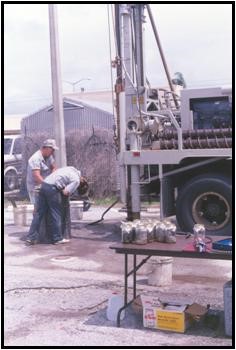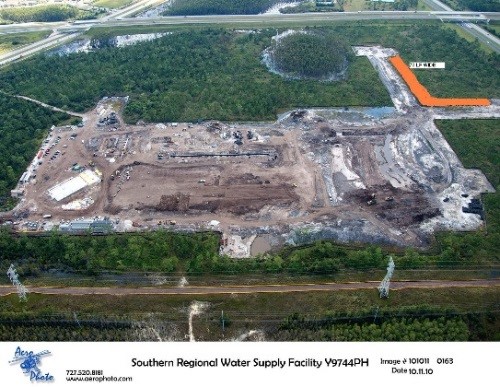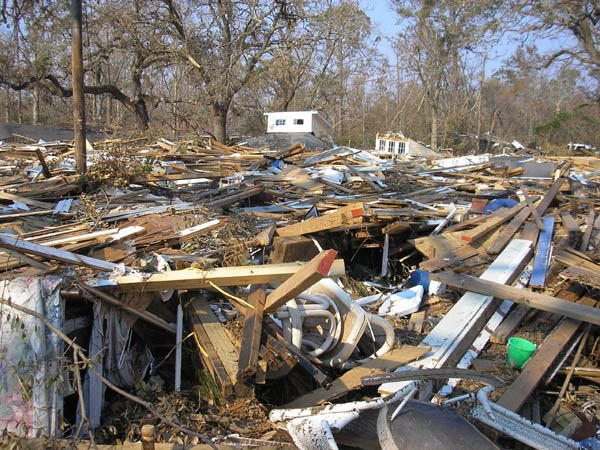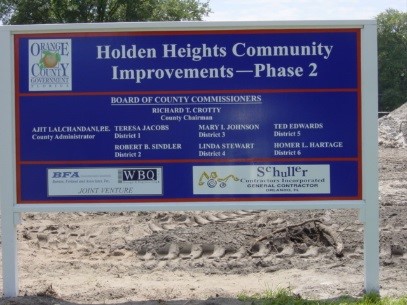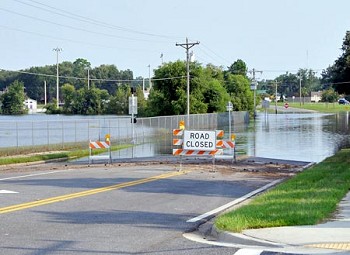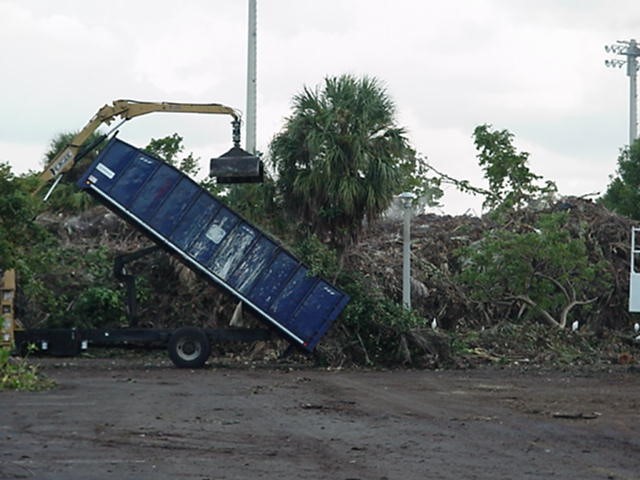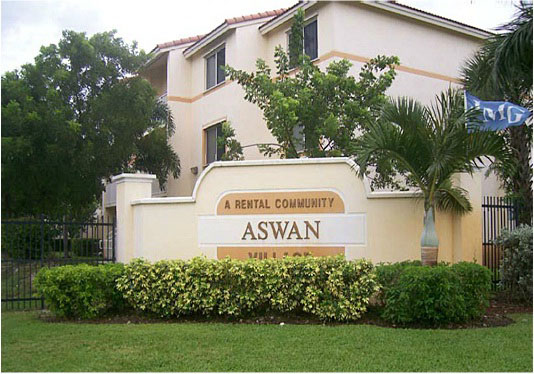Continuing Environmental & Solid Waste Services – NAVFAC Southeast
Integrated Solid Waste Management Plans for CBC Gulfport, MS; NAS Key West, FL; NAS Kingsville, TX; NAS JRB Ft. Worth, TX; Meridian, MS; Panama City, FL
On behalf of NAVFAC, the BFA team is currently working on Integrated Solid Waste Management Plans (ISWMP) for the indicated Gulf coast installations. BFA is assessing the current solid waste management needs and collecting the required data to develop the solid waste management plan. The Integrated Solid Waste Management Plans include all aspects of the installations solid waste management. The objective of this project is to provide the following:
- Develop an up-to-date Integrated Solid Waste Management Plan (ISWMP);
- To identify solid waste and recycling program elements that will improve program effectiveness, including an evaluation of alternative solid waste management approaches;
- To identify possible changes to the solid waste program to meet regulations and policies of the Department of Defense (DoD), Department of the Navy (DoN), other federal agencies, and to reduce environmental liabilities;
- To develop guidance for managers involved in implementing the ISWMP;
- Operations that will be the subject of this ISWMP include the Navy and its tenants and private contractors that have operations on site.
BFA will determine waste generation rates and assess waste characterization for NAS Key West and NAS JRB Ft. Worth. BFA will also develop a QRP Manual for JRB Ft. Worth and investigate recycling markets for plastics and glass. The QRP Manual will outline all operating and management requirements to operate a qualified recycling program for the activity. For NAS Key West, BFA will also prepare GIS maps with locations of all waste and recycling collection containers and develop log sheets for solid waste reporting and training documentation.
Design Landfill Gas Migration Trench and Extraction System for Gibson Road Landfill
BFA in association with SCS Engineers was retained by the United States Department of Navy to research, evaluate and design a landfill gas migration and extraction system for the Gibson Road Landfill on Fort Gordon, Georgia. The BFA Team investigated the trench to determine its potential to stop landfill gas migration. We examined the gas extraction system to determine which method of gas use and/or mitigation is feasible, flaring or conversion of the gas to energy. In addition, Our Team was required to install any additional landfill gas vents that are needed as determined by a Landfill Gas Migration Assessment. We investigated the use of a trench to stop the migration of gas from the Gibson Road landfill and the design of an active extraction system that will reduce VOCs from the landfill gas. The project consisted of three elements: Landfill Gas Vents, System Investigation, and System Design.
Landfill Gas Monitoring Plan for 17th Street Landfill
BFA in association with SCS Engineers conducted additional investigations of landfill gas migration in accordance with the 17th Street Landfill Gas Monitoring Plan and implemented actions specified in the monitoring plan. Our Team assessed the landfill gas to determine if methane emissions from the landfill will impact future construction of buildings in the area of the landfill and was evaluated for corrective actions. We developed a work plan that described known characteristics of the site based on available existing site information. The work plan proposed the approach to be taken for investigation and completing the assessment of the landfill gas migration, which included locations and characteristics of the placement of the methane wells, sample landfill gas production rates, landfill gas parameters to be collected from the test sites and wells and the criteria to be used to determine the impacts of the landfill on the proposed multi-story underground complex to be developed. This project consisted of developing a workplan, well/geoprobe installation, conduct landfill gas migration assessment, and conduct methane gas production sampling.
NAS Pensacola and NAS Whiting Field Evaluation of Other Accrued Environmental Liabilities (OELs)
Base closure activities resulted in the realization that often not all environmental liabilities were properly identified. Accordingly, NAVFAC undertook an effort to capture potential decommissioning cost associated with potential contingent liabilities at all Navy installations. Barnes, Ferland & Associates (BFA), contracted by NAVFAC, under our IDIQ contract to help determine these ‘Other Accrued (Non-DERP) Environmental Liabilities’ Simply known to the Navy as Other Environmental Liabilities (OELs) and Contingent Liabilities. BFA performed this work for the installations and special supporting areas at NAS Pensacola and NAS Whiting Field.
The potential liabilities represent future environmental costs associated with currently operating facilities, units or operations that can be associated with the closing/decommissioning of environmental facilities.
This project represented a very large and complex environmental data collection, characterization and management effort because it required the inspection of several thousand individual potential environmental concerns. BFA developed a MS Access data base template to be used to store and manage the data. BFA provided the necessary database training to staff. A complete analysis of the following documents for NAS Pensacola and NAS Whiting Field was performed:
Air Emissions Inventory & Compliance Assessment Report (for both bases)
- Title V permit for NAS Pensacola
- Integrated Natural Resource Management Plan for both bases
- Hazardous Materials Management Plan for NAS Whiting Field.
BFA reviewed additional information provided by NAVFAC EIC prior to the reconnaissance visit. Documentation such as fuel tank registrations (with the Florida DEP) was also analyzed. Wastewater and Stormwater Treatment and Discharge Permit documentation was reviewed. This information was utilized during the site visits to identify candidates for OEL Assessment and liability cost estimates.
During the site reconnaissance visit the following was performed:
- Identify by type OEL candidates at each base
- Gain familiarity with facilities and unit locations at each base, so that a detailed installation specific site visit schedule and a work sequence can be developed.
- Gather any readily available information from the base staff regarding the OEL candidates
- Visit and inspect facilities/units with typical candidates for OEL Assessment.
- Make observations regarding the ‘time consumption’ elements and logistics of conducting a site visit.
BFA developed a Plan of Action & Manual (POA&M) for all installations based on inputs from the reconnaissance visit to the two bases and special areas. Specifically it included:
- A specific schedule for accomplishing the work, including a desired draft schedule of all site visits to each host installation and its associated special areas.
- A first cut list of facilities/units (with applicable iNFADS facility ID) to be considered for OEL assessment, gathered from background data.
- Issues requiring client assistance in the field, including desired availability of hard copy documents, logistics support, access escorts, security/badging procedures, and of secured areas requiring special support necessary to facilitate efficient and effective fieldwork.
- Assumptions that may affect/limit the outcome of the work.
There were a total of 2,400 potential candidates for OEL assessments at the Pensacola installation to be evaluated. At the NAS Whiting Field installation, there were a total of 1,600 OELs. BFA prepared a final Environmental Liabilities Report for each Installation.
Guantanamo Bay Cuba (GTMO) Integrated Solid Waste Management Plan
The BFA team was selected by NAVFAC to generate an Integrated Solid Waste Management Plan (ISWMP), a Solid Waste Landfill Operations and Maintenance Manual, Incinerator Assesment and a Qualified Recycling Program (QRP) Manual. BFA assessed the current solid waste management needs and collected the required data to develop the solid waste management plan. BFA with assistance from our subconsultant SCS developed all three plans and prepared the documentation for publishing. The Integrated Solid Waste Management Plan includes all aspects of the installations solid waste management. The objective of this project was to develop an up-to-date Integrated Solid Waste Management Plan (ISWMP) for Naval Station Guantanamo Bay Cuba (GTMO). The objectives of the ISWMP are:
- To provide a foundation for GTMO’s solid waste program;
- To identify solid waste and recycling program elements that will improve program effectiveness, including an evaluation of alternative solid waste management approaches;
- To identify possible changes to the solid waste program to meet regulations and policies of the Department of Defense (DoD), Department of the Navy (DoN), other federal agencies, and to reduce environmental liabilities;
- To develop guidance for managers involved in implementing the ISWMP;
- Operations that will be the subject of this ISWMP include the Navy (as operator of GTMO) and its tenants and private contractors that have operations on site.
BFA assessed the Solid Waste Landfill Operations including collection, sorting, weighing and cover. The QRP Manual outlined all operating and management requirements to begin a qualified recycling program for the activity. The BFA team also provided classroom instruction and training sessions to cover content, structure and use of the ISWMP and the Landfill O&M Manual.
Bethesda NNMC Pharmaceutical Waste Inventory
The BFA Team prepared an inventory of pharmaceutical wastes at NNMC Bethesda and developed Standard Operating Procedures (SOPs) for management, storage, and disposal of regulated pharmaceutical waste for use and adaptation throughout BUMED activities to safeguard the health of Navy and Marine Corps personnel and maintain compliance. The inventory lists points of generation and process as well as characterization results.
The inventory was conducted at NNMC Bethesda. From the information received BFA analyzed and evaluated the current practices on a functional basis, identified pharmaceuticals used, managed, and dispositioned. BFA, in association with PharmEcology Associates, LLC identified good management practices, practices needing improvement, and reviewed compliance profiles. The inventory included visual inspection and quantities of all authorized pharmaceutical waste on hand at NNMC Bethesda including, but not limited to, the specialty clinics, operating and emergency rooms, and labs. The pharmaceuticals were identified by medical name and hazard classification (i.e., controlled substance, listed waste, regulated, or non-regulated as defined by the Drug Enforcement Agency (DEA), Department of Transportation (DOT) and the United States Environmental Protection Agency (USEPA) Resource Conservation and Recovery Act (RCRA) regulations). Photographs of current practices were taken to document best management practices and areas needing improvement. The results of the inventory provided support in developing the Standard Operating Procedure.
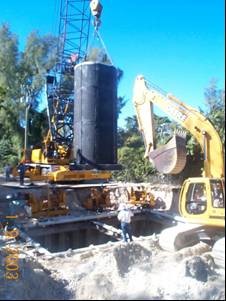


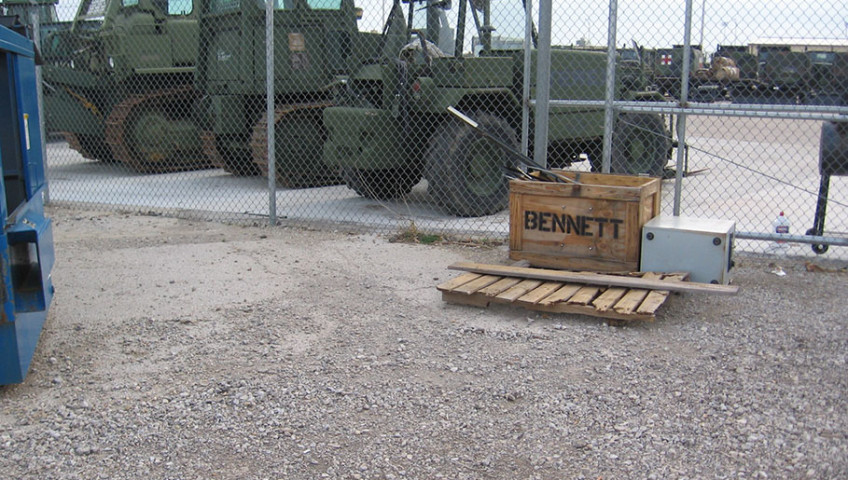
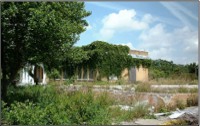

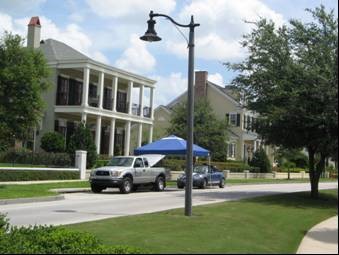
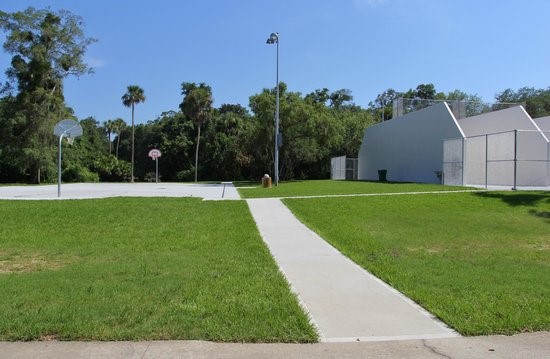

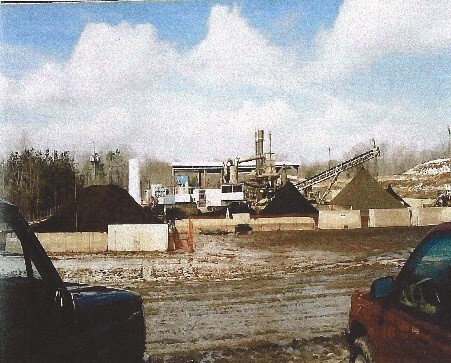 Over a seven-year period, BFA was responsible for the development and implementation of detailed environmental impact assessment for that PCB landfill as well as performing community outreach services. The facility which had been in existence for more than 15 years had never had a comprehensive evaluation performed. That evaluation assessed the hydrogeological setting and determined the best locations for environmental samples to accurately characterize the current integrity of the facility and to lay the groundwork for the remediation. During the assessment, hundreds of environmental samples were collected under the watch full eyes of the EPA, State and Community. BFA worked with all stakeholders particularly and the Joint State Warren County PCB Landfill Working Group.
Over a seven-year period, BFA was responsible for the development and implementation of detailed environmental impact assessment for that PCB landfill as well as performing community outreach services. The facility which had been in existence for more than 15 years had never had a comprehensive evaluation performed. That evaluation assessed the hydrogeological setting and determined the best locations for environmental samples to accurately characterize the current integrity of the facility and to lay the groundwork for the remediation. During the assessment, hundreds of environmental samples were collected under the watch full eyes of the EPA, State and Community. BFA worked with all stakeholders particularly and the Joint State Warren County PCB Landfill Working Group.